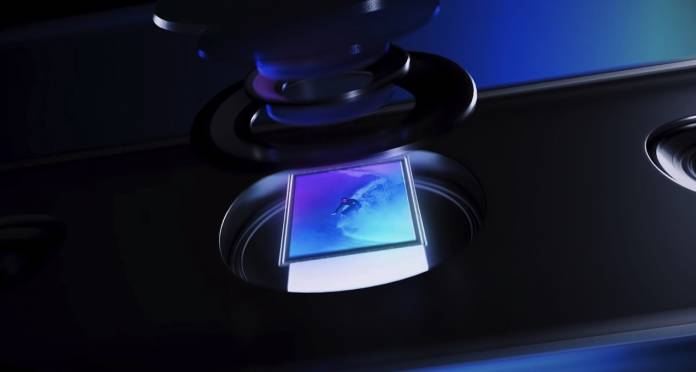
Samsung is also a known maker of imaging sensors. Not many people may realize this but the South Korean tech giant is also in the camera business. It has the ISOCELL brand of camera sensors introduced back in 2017. The first one we remember was the ISOCELL dual-camera system on the Galaxy Note 8 as a forerunner in the Dual Pixel technology. There’s also the 3-stack ISOCELL Fast 2L3 image sensor, ISOCELL Plus camera sensor, some ultra-small ISOCELL Image Sensors, the 64Mp ISOCELL Image Sensor, and the ISOCELL Bright HMX 108MP Image Sensor.
After adding Nonacell technology to the Samsung 108Mp ISOCELL Bright HM1 sensor, the company is working on a new 150MP Nonacell sensor for the fourth quarter of 2020. From 108MP to 150MP is an impressive feat but right now, we’re not surprised that it’s possible.
Actually, it’s not the question if a higher-resolution sensor can be produced. A company can make one but the question is it will offer accuracy with the help of software. More often than not, a system or software makes or breaks the ability of a camera sensor.
Nothing is confirmed or official here yet so we’re filing this with a pinch of salt. The sensor is said to have a 1-inch footprint. It is also rumored to come with the same Nonacell technology found on the ISOCELL Bright HM1 sensor of the Galaxy S20 Ultra.
Xiaomi is once again believed to be the first third-party OEM to use the 150MP sensor in a flagship phone due in Q4. Vivo and OPPO are also said to use the same module but for next year. The 150MP camera sensor could also work with the upcoming Qualcomm Snapdragon 875 processor which we can expect to be used on future premium flagship smartphones.
With Nonacell technology, the sensor is expected to combine nine pixels into one. Doing so will achieve higher light absorption. The pixel count would then be 16MP–higher than the 12MP shots of the previous ISOCELL Bright HM1 sensor.









